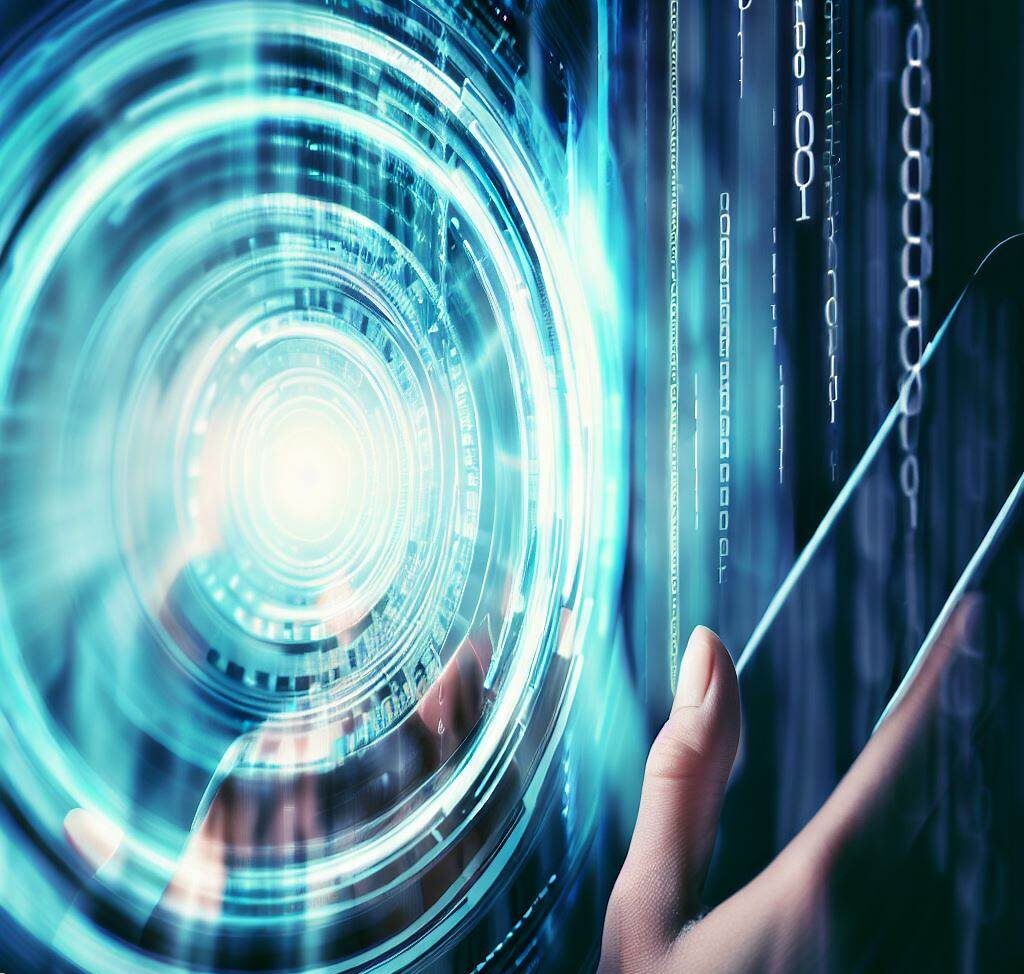In today’s fast-paced digital world, having the right set of skills can determine whether you thrive or struggle. Whether you’re a student, a professional, or just someone trying to navigate daily life—digital literacy is no longer optional.
Table of Contents
In this blog, we will break down digital literacy meaning, what is digital literacy, and technology literacy meaning in the simplest terms. Plus, we’ll share real-life examples, beginner tips, and how you can improve your digital skills step by step.
What Is Digital Literacy?
Let’s start simple.
Digital literacy means having the skills to use digital tools, devices, and the internet safely and effectively. It’s not just about using social media or watching YouTube. It’s about:
- Knowing how to search for information
- Spotting fake news
- Using email properly
- Understanding online privacy
- Collaborating using online platforms
So when someone asks “what is digital literacy?”, you can say:
“It’s the ability to read, write, communicate, and solve problems using digital technologies.”

Digital Literacy Meaning in Real Life
Let’s break it down with examples:
- Student: Knows how to submit assignments on Google Classroom and search for reliable study resources online.
- Working Professional: Uses Zoom for meetings, Excel for reports, and understands how to avoid phishing emails.
- Parent: Uses online banking safely and teaches kids about staying safe on the internet.
You see? Digital literacy is for everyone, not just IT experts.
Why Is Digital Literacy Important Today?
The world is digital. Period.
Here’s why digital literacy is a must-have life skill:
Jobs Are Changing
Almost every job now requires some digital skill—whether it’s managing data, using software, or communicating online.
Fake News & Scams
If you’re not digitally literate, you’re more likely to believe misinformation or fall into online scams.
Education Is Online
Online courses, digital textbooks, virtual classrooms—all require digital know-how.
Everyday Tasks Go Digital
From booking tickets to paying bills—everything is online.
Bottom line: Without digital literacy, you’re left behind.

What Is Technology Literacy?
Now, let’s define technology literacy.
Technology literacy is understanding and using technology tools and systems to solve problems. This includes knowing:
- How machines work (like computers and smartphones)
- How to troubleshoot tech problems
- How to use hardware and software effectively

Digital Literacy vs. Technology Literacy
| Digital Literacy | Technology Literacy |
|---|---|
| Focuses on communication, media, and online behavior | Focuses on hardware, software, and tools |
| Using digital platforms responsibly | Understanding how tech systems function |
| Ex: Writing an email, using Google Docs | Ex: Setting up Wi-Fi, troubleshooting PC issues |
So while digital literacy is more about “how to use,” technology literacy is about “how things work.”

Must-Have Digital Skills in 2025
Want to future-proof your career and life? Start with these 10 digital skills:
- Basic Computer Use – Keyboard, mouse, file saving.
- Internet Navigation – Search engines, URLs, bookmarks.
- Online Communication – Email, chat, video calls.
- Data Entry & Spreadsheets – Excel, Google Sheets.
- Cloud Platforms – Google Drive, Dropbox.
- Cybersecurity Awareness – Password safety, phishing alerts.
- Social Media Management – Posting, privacy settings.
- Content Creation – Canva, blogging, simple video editing.
- Digital Collaboration Tools – Trello, Slack, Notion.
- Information Evaluation – Spotting fake news or biased info.
How to Improve Your Digital Literacy (Even If You’re a Beginner)
It’s okay to feel behind. The good news? You can catch up quickly with these simple steps:
1. Start With the Basics
Learn how to use a computer, type efficiently, and navigate folders.
2. Take Free Online Courses
Sites like Coursera, YouTube, and Google Digital Garage offer great beginner lessons.
3. Practice Online Safety
Learn how to spot scams, create strong passwords, and avoid risky websites.
4. Use Apps That Teach You
Apps like Duolingo (for language), Canva (for design), and Notion (for organizing) help you gain real digital experience.
5. Ask Questions
Join forums or ask friends or younger people. Tech-savvy teenagers are often great teachers!
Common Challenges in Digital Literacy (And How to Beat Them)
Here are some things that might hold you back—and how to deal with them:
| Challenge | Solution |
|---|---|
| Fear of technology | Start small and celebrate small wins |
| Lack of access to devices | Use public libraries, community centers |
| Confusing tech terms | Use plain-language guides (like this blog!) |
| Overwhelming tools | Focus on learning one thing at a time |
Remember, every expert was once a beginner.
Teach Digital Literacy to Kids & Elders
The digital gap is real. Here’s how you can help others:
- Kids: Use fun learning apps and games. Teach them about cyberbullying and screen time limits.
- Parents/Elders: Help them practice with simple apps (WhatsApp, Google Maps) and explain security basics.
Sharing your knowledge not only helps them but also strengthens your own digital confidence.
Final Thoughts: Start Your Digital Journey Today
To survive—and thrive—in the modern world, you don’t need to be a computer engineer. But you do need to understand how to use digital tools smartly and safely.
From knowing what is digital literacy to mastering technology literacy meaning, your future self will thank you for learning these essential skills.
💬 Still asking “what is digital?”
It’s your everyday life—just online. And it’s time to own it.

